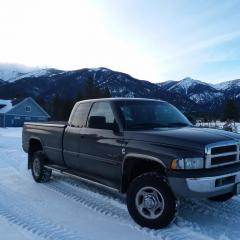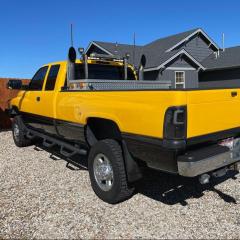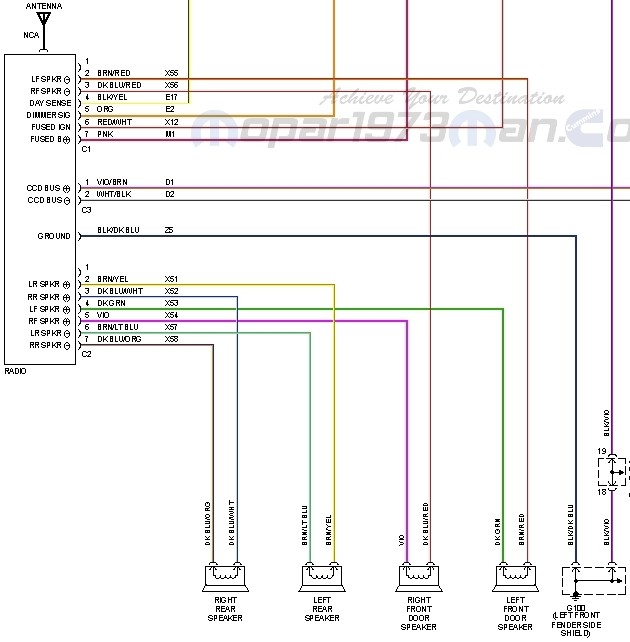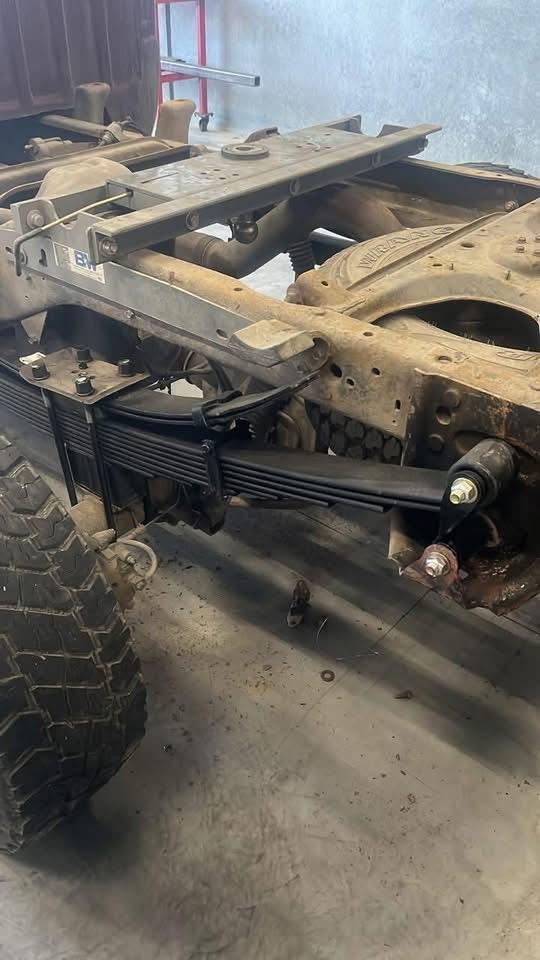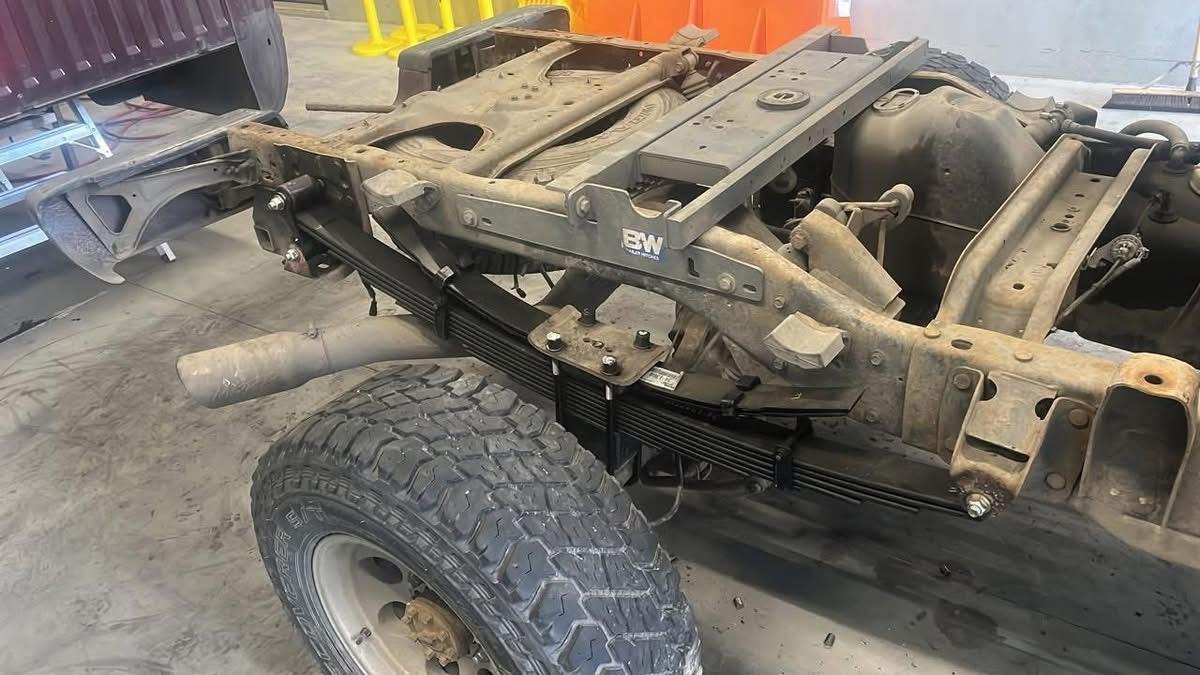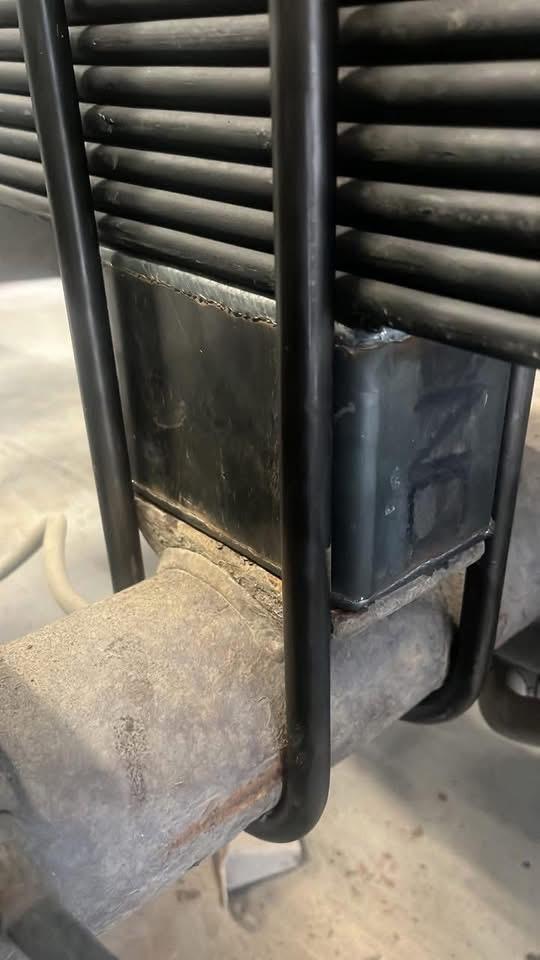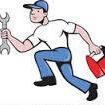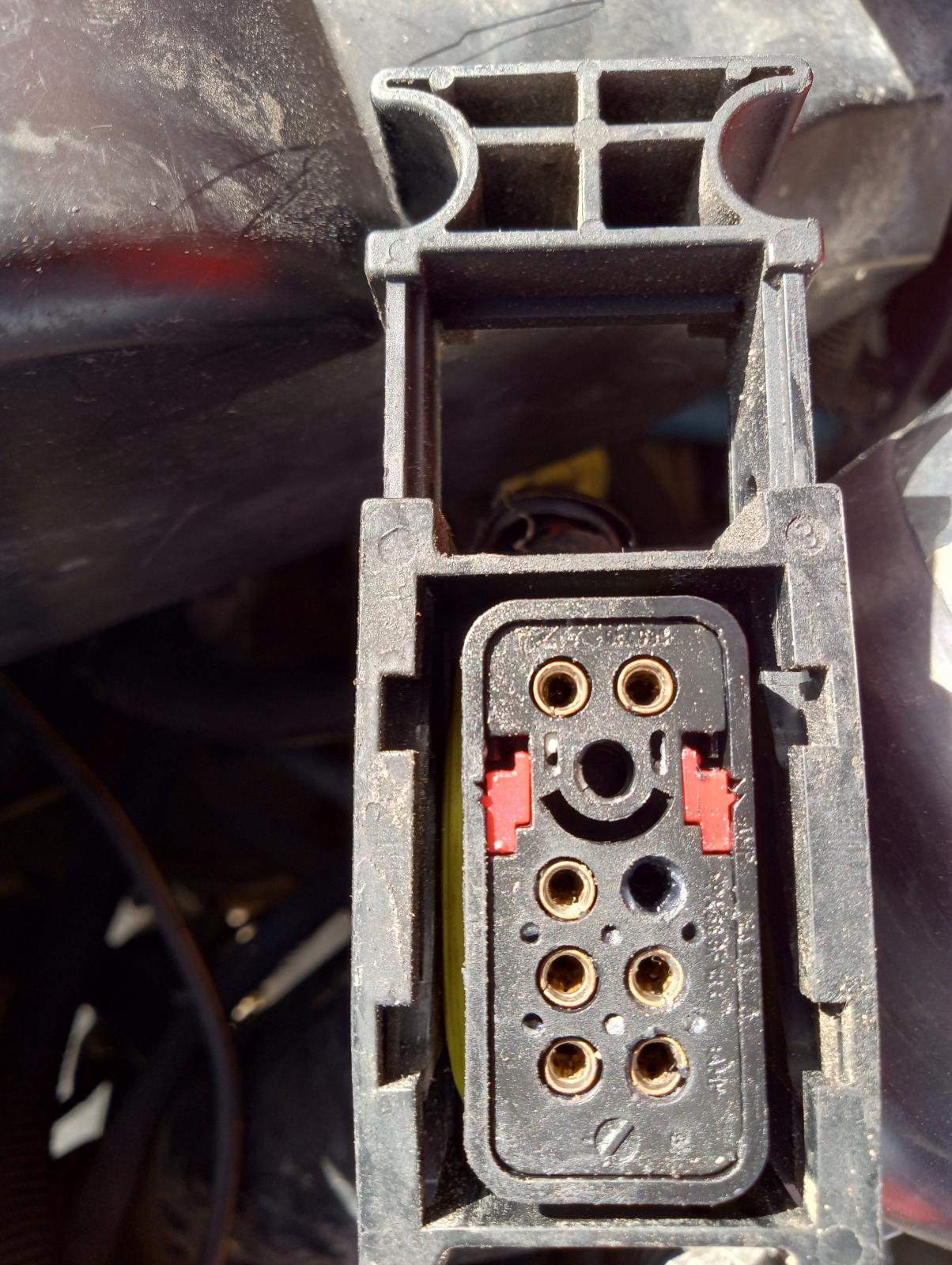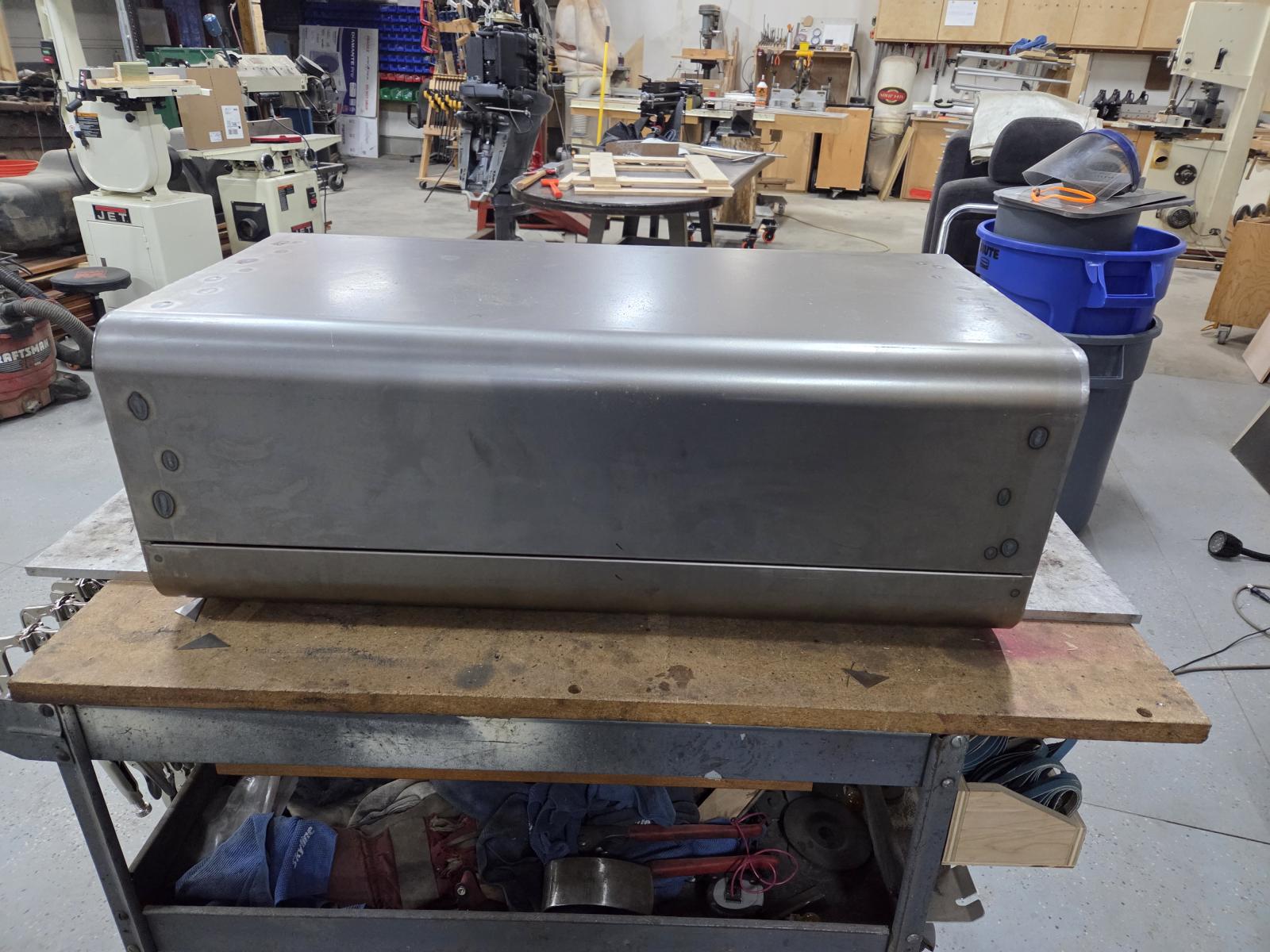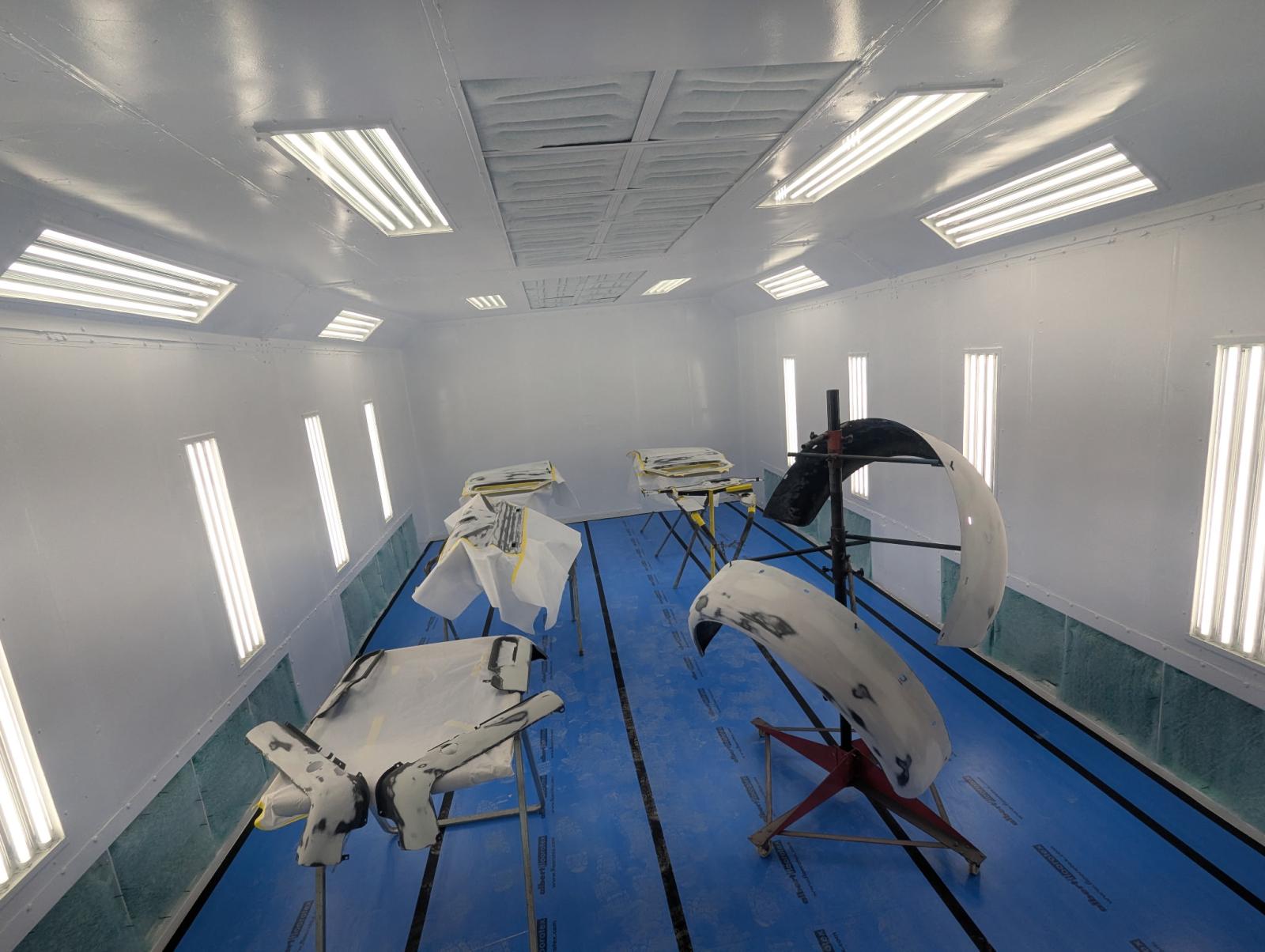Leaderboard
-
- All areas
- Events
- Event Comments
- Files
- File Comments
- File Reviews
- Images
- Image Comments
- Image Reviews
- Albums
- Album Comments
- Album Reviews
- Blog Entries
- Blog Comments
- Cummins Articles
- Cummins Article Comments
- Cummins Article Reviews
- Vendors
- Vendor Comments
- Vendor Reviews
- Ads
- Ad Comments
- Ad Reviews
- Policies
- Policy Comments
- Topics
- Posts
-
-
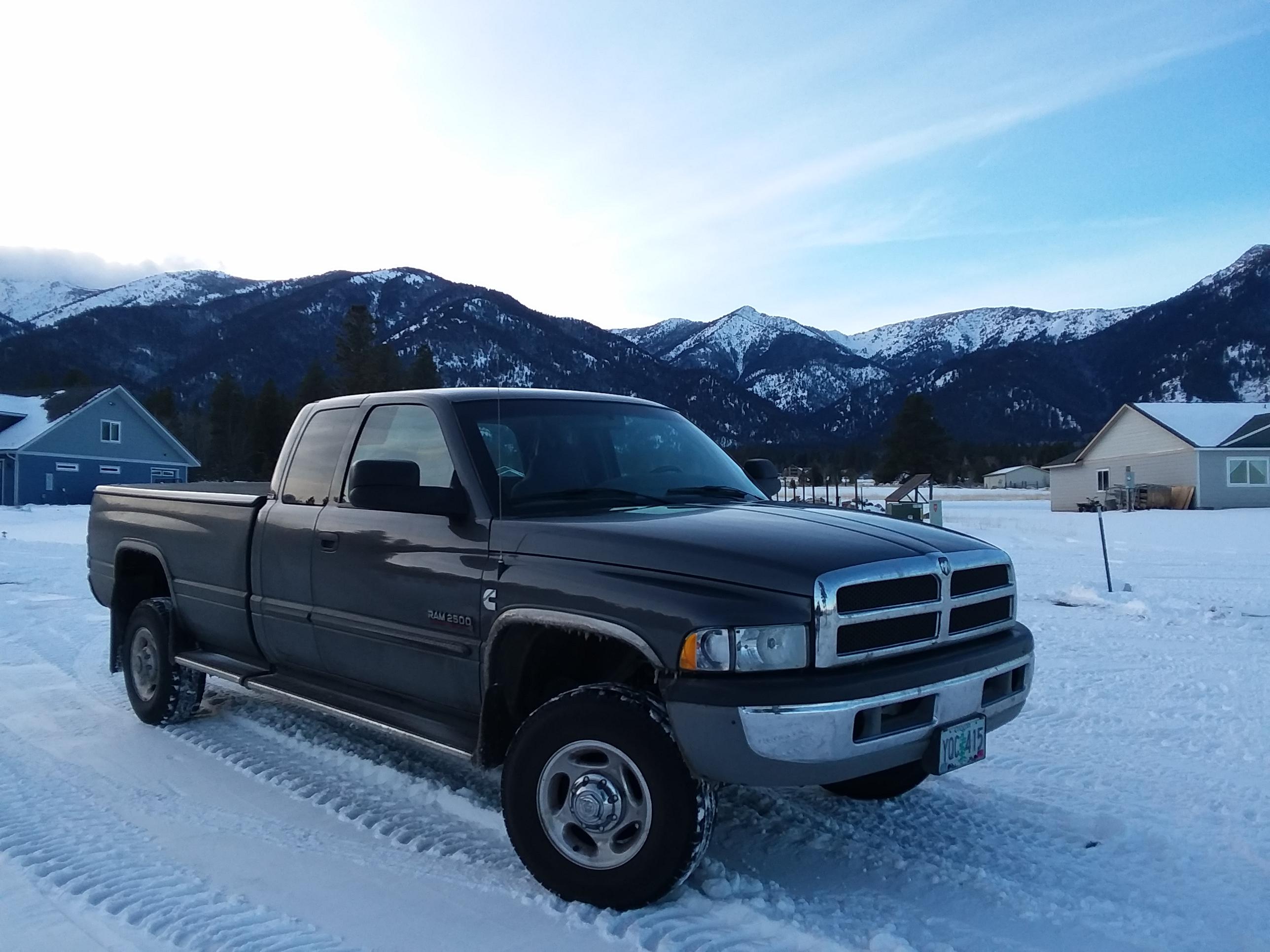
Tractorman
Yearly Subscription7Points1,529Posts -

PilotHouse2500
Yearly Subscription3Points438Posts -
Mace
Monthly Subscription3Points67Posts -

Sycostang67
Monthly Subscription2Points614Posts
Popular Content
Showing content with the highest reputation since 12/03/2025 in all areas
This leaderboard is set to Boise/GMT-07:00


